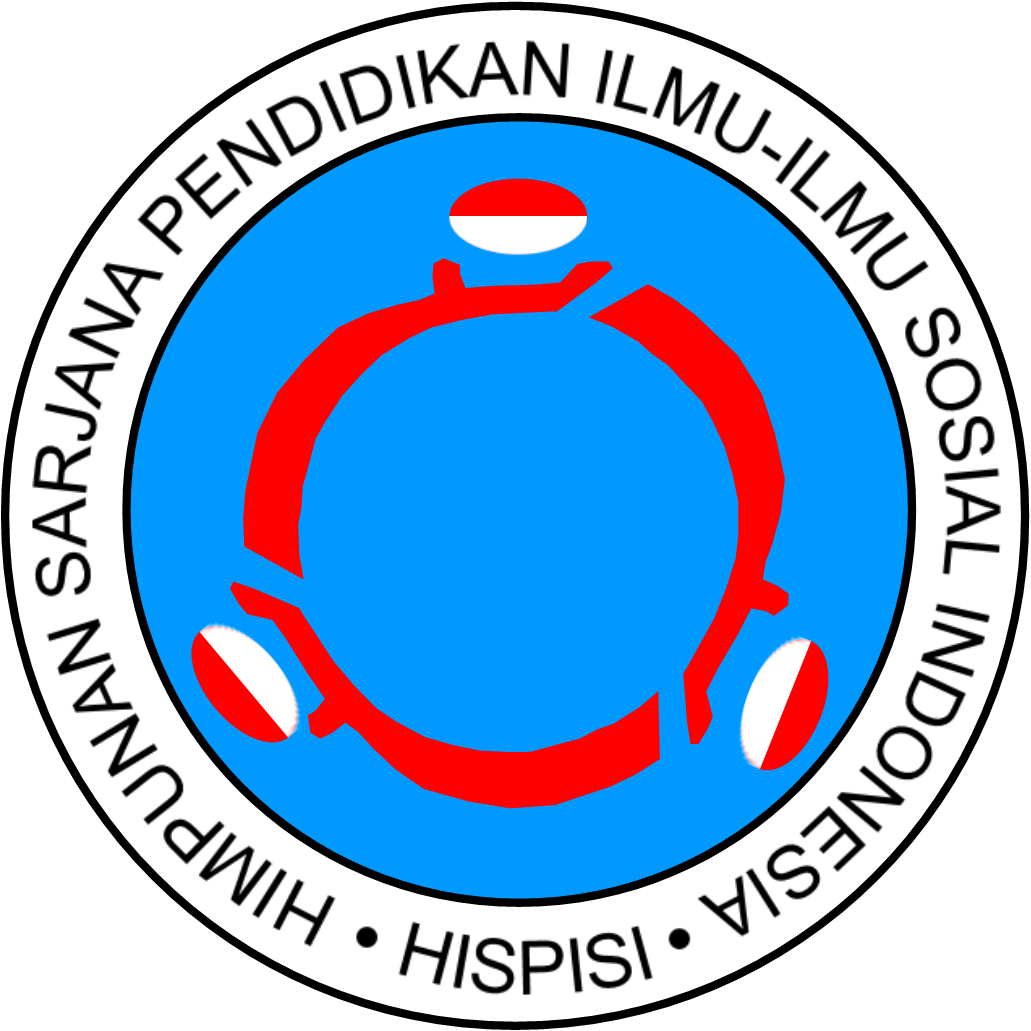The Effect of Cooperative Learning Model of The Type Inside Outside Circle and The of Bamboo Dancing On Student’s Learning Outcomes
Abstract
One of the efforts that can be done to achieve the learning objectives is by applying a learner-centered learning model such as the inside outside circle type cooperative learning model and the bamboo dancing type. Thus, this study aims to see the effect of the type of cooperative learning model inside outside circle and type of bamboo dancing on learning outcomes. The population in this study were students of class VIII SMPN 6 Banda Aceh. Sampling was done by purposive sampling technique by taking only two classes. The research method uses a quantitative approach with the type of experimental research design, none equivalent groups pretest-posttest design. Data were collected through the provision of multiple-choice tests to students. The results showed that tcount > tTable (3.48 > 1.67). Thus Ha is accepted, so it can be concluded that the learning outcomes of students who are taught using the Inside Outside Circle learning model are better than the Bamboo Dancing learning model.
Keywords
Full Text:
PDFReferences
Anyanwu, S. U., and Iwuamadi, F. N. (2015). Student-centered teaching and learning in higher education: Transition from theory to practice in Nigeria. International Journal of Education and Research, 3(8), 349-358.
Chi, M. T. (1997). Quantifying qualitative analyses of verbal data: A practical guide. The Journal of The Learning Sciences, 6(3), 271-315.
Chotijah, S., Maftukhin, A., and Nurhidayati, N. (2014). Pengaruh model pembelajaran tari bambu terhadap kemampuan berpikir kritis dan hasil belajar fisika siswa kelas x SMA NEGERI 1 Sapuran tahun pelajaran 2013/2014. RADIASI: Jurnal Berkala Pendidikan Fisika, 5(2), 71-74.
Das, T. H. (1983). Qualitative research in organizational behaviour. Journal of Management Studies, 20(3), 301-314.
Emaliana, I. (2017). Teacher-centered or student-centered learning approach to promote learning?. Jurnal Sosial Humaniora (JSH), 10(2), 59-70.
Fauzi, M. N., Usodo, B., and Subanti, S. (2017). The effect of make a match (MAM) type model and bamboo dance type model through cooperative learning on students motivation. Suska Journal of Mathematics Education, 3(1), 26-32.
Gillies, R. M. (2016). Cooperative learning: Review of research and practice. Australian Journal of Teacher Education (Online), 41(3), 39-54.
Gillies, R. M., and Boyle, M. (2010). Teachers' reflections on cooperative learning: Issues of implementation. Teaching and Teacher Education, 26(4), 933-940.
Herrmann, K. J. (2013). The impact of cooperative learning on student engagement: Results from an intervention. Active Learning in Higher Education, 14(3), 175-187.
Johnson, D. W., Johnson, R. T., and Smith, K. A. (2014). Cooperative learning: Improving university instruction by basing practice on validated theory. Journal on Excellence in University Teaching, 25(4), 1-26.
Mochammad, S., and Wijaya, A. (2016). The effectiveness of IOC method by using cue card for students’ speaking ability at seventh graders. Journal of English Educators Society (JEES), 1(1), 59-69.
Nugrahani, F., and Hum, M. (2014). Metode penelitian kualitatif. Solo: Cakra Books, 1(1), 34.
Purnama, S. (2016). Metode penelitian dan pengembangan (pengenalan untuk mengembangkan produk pembelajaran bahasa Arab). LITERASI (Jurnal Ilmu Pendidikan), 4(1), 19-32.
Putro, S. C. (2016). Pengetahuan pedagogik dan keteknikan sebagai prediktor kemampuan adaptasi calon guru pada mahasiswa jurusan teknik elektro FT UM. Teknologi Dan Kejuruan, 39(1), 1-10.
Seechaliao, T. (2017). Instructional strategies to support creativity and innovation in education. Journal of Education and Learning, 6(4), 201-208.
Sembiring, R. (2017). Upaya meningkatkan minat membaca siswa melalui model pembelajaran kooperatif tipe tari bambu pada kompetensi dasar menanggapi isi cerita secara lisan di kelas v sd negeri 068343 Medan Tuntungan. Bahastra: Jurnal Pendidikan Bahasa dan Sastra Indonesia, 2(1), 74-79.
Sidiq, U., Choiri, M., and Mujahidin, A. (2019). Metode penelitian kualitatif di bidang pendidikan. Journal of Chemical Information and Modeling, 53(9), 1-228.
Slavin, R. E. (2014). Cooperative learning and academic achievement: why does groupwork work?. [Aprendizaje cooperativo y rendimiento académico:¿ por qué funciona el trabajo en grupo?]. Anales de Psicología/Annals of Psychology, 30(3), 785-791.
Sukraningsih, N. N. T. A., Ganing, N. N., and Asri, I. G. A. S. (2019). Pengaruh model pembelajaran kooperatif tipe tari bambu berbantuan peta konsepterhadap kompetensi pengetahuan PKn. Jurnal Ilmiah Pendidikan Profesi Guru, 2(1), 82-90.
Syaparuddin, S., Meldianus, M., and Elihami, E. (2020). Strategi pembelajaran aktif dalam meningkatkan motivasi belajar pkn peserta didik. Mahaguru: Jurnal Pendidikan Guru Sekolah Dasar, 1(1), 30-41.
Tran, V. D. (2013). Theoretical perspectives underlying the application of cooperative learning in classrooms. International Journal of Higher Education, 2(4), 101-115.
Zalmita, N., and Yani, A. (2015). Pengaruh model pembelajaran berbasis masalah terhadap keterampilan berpikir kreatif peserta didik pada mata pelajaran geografi di SMAN 2 Bandung. Jurnal Geografi GEA, 15(1) 1-8.
DOI: https://doi.org/10.17509/jpis.v30i1.27406
Refbacks
- There are currently no refbacks.
Copyright (c) 2021 Novia Zalmita, Dita Indani

This work is licensed under a Creative Commons Attribution-NonCommercial-ShareAlike 4.0 International License.















